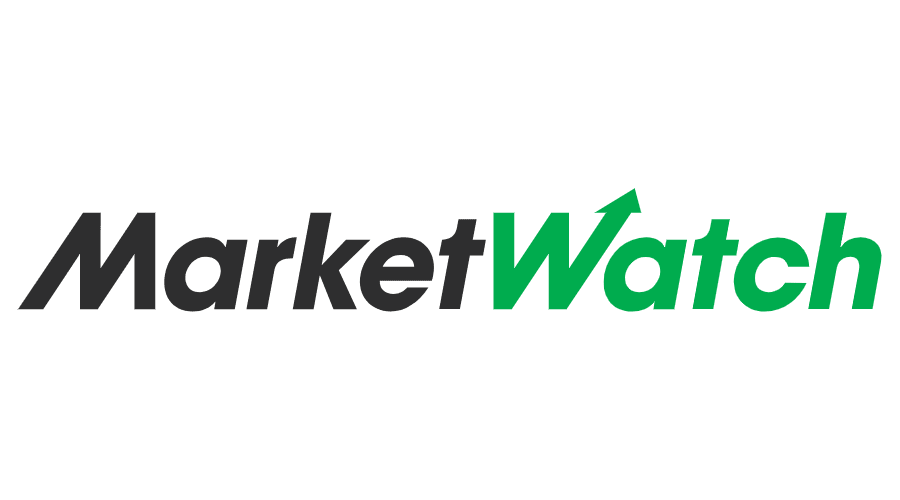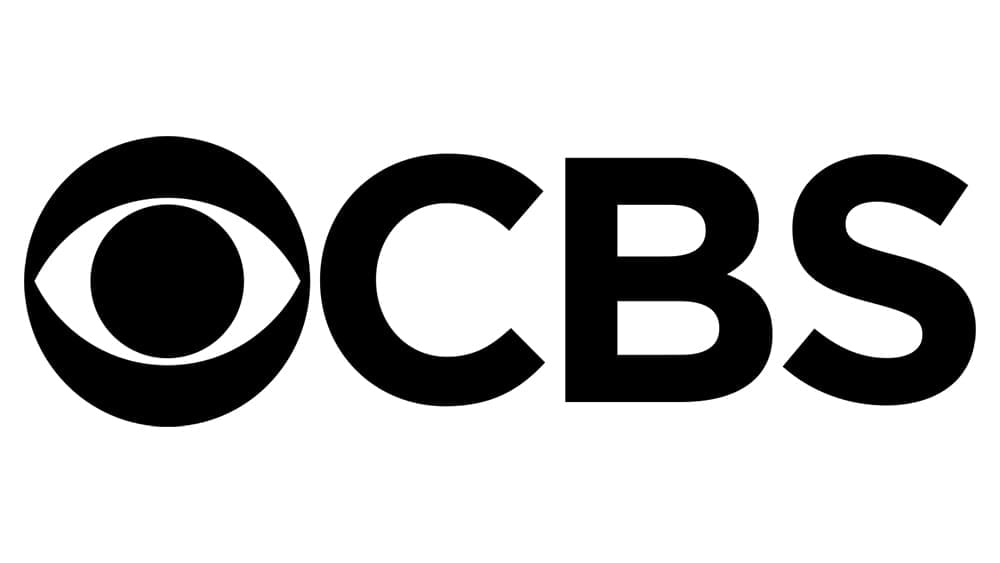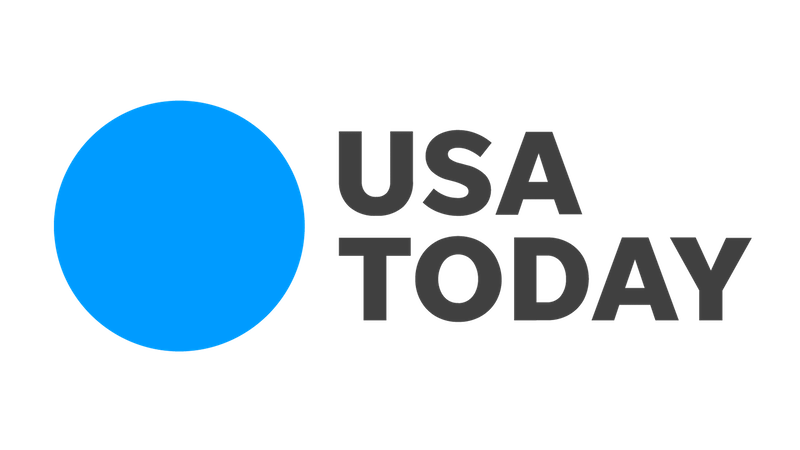A Complete Guide to Sustainable Water Use: Optimizing Water Efficiency Water is one of our most valuable resources, but it is frequently overlooked. Water efficiency is more important than ever as the world's population continues to rise and climate change worsens. This article will discuss several ways to increase water efficiency in your house, ranging from using smart home technology to being aware of how much water you use.
Key Takeaways
- Understanding water usage is the first step in reducing water consumption and saving money on utility bills.
- Identifying and fixing leaks promptly can prevent water wastage and potential damage to your property.
- Upgrading to water-efficient fixtures such as low-flow toilets and faucets can significantly reduce water usage in your home.
- Implementing water-saving practices like taking shorter showers and only running the dishwasher and washing machine with full loads can make a big difference in water conservation.
- Maintaining your plumbing system through regular inspections and maintenance can help prevent leaks and ensure efficient water usage.
By following these guidelines, you can lower your utility costs & help create a more sustainable future. Knowing how much water you use and where it goes is the first step in managing your water consumption effectively. Water is used in the majority of homes for drinking, cooking, bathing, cleaning, and irrigation, among other purposes. According to the U. S. .
The typical American family uses roughly 300 gallons of water every day, according to the Environmental Protection Agency (EPA). This startling statistic emphasizes how critical awareness is to water conservation initiatives. To begin, look over your water bill to determine your monthly usage trends. You can identify regions where you might be using more water than is necessary by using the comprehensive consumption breakdowns that many utility companies offer.
A home water audit should also be taken into consideration. In this procedure, the water usage rates of every fixture and appliance are checked, & high-consumption areas are identified. Knowing how much water you use will help you decide where to concentrate your conservation efforts. Common Leak Sources.
| Content Marketing Tips for Maximizing Your Home's Plumbing Efficiency |
|---|
| 1. Use SEO keywords related to plumbing efficiency in your content |
| 2. Create informative blog posts about water-saving tips and plumbing maintenance |
| 3. Share engaging infographics about water usage and conservation |
| 4. Produce video tutorials on DIY plumbing fixes and maintenance |
| 5. Collaborate with influencers or experts in the plumbing industry for guest posts or interviews |
Leaks frequently occur from pipes, faucets, and toilets. Because of the wear and tear that these areas experience, leaks are more likely to occur. Locating Leaks. By routinely examining these areas, you can identify leaks early & stop additional waste.
Examine your water meter first in order to find leaks. After turning off all of your home's water-using fixtures and appliances, take note of the meter reading. Check the meter once more after a few hours; if the reading has changed, your plumbing system is probably leaking. Repairing leaks to save money and protect the environment. Also, keep an eye out for leak indicators like mold growth, damp patches on walls or ceilings, or an abnormally high water bill.
Once a leak has been found, it can be fixed quickly to reduce your water bill significantly & support conservation efforts in general. Changing to water-efficient fixtures is another practical strategy to cut down on water usage. Significant advancements in plumbing technology have led to the development of water-efficient products without compromising functionality. Low-flow faucets and showerheads, for example, can cut water flow by as much as 50% without sacrificing comfort.
When thinking about upgrades, seek out fixtures bearing the WaterSense label, which certifies that they fulfill EPA performance and efficiency standards. Compared to older models that may use 3 to 5 gallons or more per flush, high-efficiency toilets can use as little as 1 to 28 gallons, so replacing older toilets with them can also result in significant savings. Purchasing water-efficient fixtures will eventually result in lower utility costs in addition to water conservation.
Adopting easy water-saving techniques can have a big impact on your overall usage in addition to replacing your fixtures. Start by paying attention to your daily routines. For instance, you can save several gallons of water every day by shutting off the faucet while brushing your teeth. In a similar vein, washing machines and dishwashers can only operate at their highest efficiency when fully loaded. Think about using xeriscaping techniques in the garden that emphasize effective irrigation techniques and drought-resistant plants.
Drip irrigation systems reduce runoff and evaporation by delivering water straight to plant roots. Further lowering dependency on municipal water supplies can be achieved by collecting rainwater in barrels for outdoor use. You can significantly support water conservation initiatives by implementing these habits into your everyday life. For your plumbing system to operate at its best and to avoid leaks or other problems that can result in higher water consumption, regular maintenance is essential. To look for indications of wear & tear in pipes, fixtures, & appliances, schedule regular inspections with a licensed plumber.
When problems occur, take proactive measures to resolve them. For instance, if you hear strange noises coming from your plumbing system or notice a drop in water pressure, these could be signs that something is amiss. Also, sediment buildup that may impair efficiency can be removed by flushing your water heater once a year.
You can prolong the life of your plumbing system and make sure it runs effectively by giving it regular maintenance. Intelligent Irrigation For Effective Watering. By automatically modifying watering schedules in response to weather, smart irrigation systems can guarantee that your garden gets the ideal amount of moisture without wasting any. By removing the possibility of overwatering, this technology eases the burden on this valuable resource. Smart showerheads and faucets provide real-time feedback. With the ability to track usage and give you real-time feedback on consumption, smart showerheads and faucets enable you to make wise choices regarding how much water you use.
Understanding your usage habits will help you spot problem areas and make changes to lessen your water footprint. Water management that is proactive through remote monitoring. Think about purchasing smart home appliances that let you monitor your water usage from a distance using smartphone applications. By using these tools, you can spot trends and adjust as necessary.
Utilizing technology, you can manage your water usage, cut waste, & encourage sustainability in a proactive manner. Hiring a professional plumber is frequently the best option for more complicated issues or major upgrades, even though many homeowners are capable of managing small plumbing problems on their own. A certified plumber has the know-how and resources needed to correctly identify problems and suggest suitable fixes.
Make sure the plumber you choose has experience with water efficiency repairs and upgrades. They can offer insightful information about the newest methods and technologies that can protect your water and financial resources. A qualified plumber can also guarantee that any work done conforms with regional codes and standards, providing you with the assurance that your plumbing system is effective and safe. After putting different water-saving techniques into practice, think about letting people in your neighborhood know about your efforts.
Raising awareness of the value of conserving water can encourage neighbors and friends to follow suit. You could share advice on social media or conduct seminars or informational sessions on effective plumbing techniques. You can spread your message and reach more people by working with regional environmental organizations.
In conclusion, maximizing water efficiency is a team effort that calls for everyone's awareness, participation, & dedication. It is not merely an individual duty. You can have a big influence on how much water your household uses and how much water the environment uses by knowing how much water you use, spotting leaks, replacing fixtures, adopting conservation techniques, maintaining plumbing systems, using smart technology, hiring professionals when necessary, and encouraging conservation efforts in your neighborhood. Do a home audit or fix that leaking faucet you've been putting off today to start the process.
We can build a more sustainable future for future generations if we work together, and every drop matters.
If you're interested in learning more about HVAC influencer marketing, check out this article on HVAC influencer marketing in San Diego, California. This piece dives into how leveraging influencers can help boost your HVAC business in a specific location. Additionally, you may want to explore the benefits of using social media for plumbing and HVAC services by reading this article on social media for plumbing and HVAC in Spokane, Washington. Lastly, if you're looking to expand your HVAC influencer marketing strategies, consider reading about HVAC influencer marketing in Montreal, Quebec. These resources can provide valuable insights and tips for enhancing your plumbing content marketing efforts.
FAQs
What is plumbing content marketing?
Plumbing content marketing is a strategy used by plumbing businesses to create and distribute valuable, relevant, and consistent content to attract and retain customers. This content can include blog posts, videos, social media posts, and more.
Why is plumbing content marketing important?
Plumbing content marketing is important because it helps plumbing businesses establish their expertise, build trust with potential customers, and ultimately drive more leads and sales. It also helps improve search engine rankings and overall online visibility.
What type of content can be used in plumbing content marketing?
Plumbing content marketing can include a variety of content types such as how-to guides, tips for maintaining plumbing systems, customer testimonials, infographics, videos showcasing plumbing services, and more.
How can plumbing businesses use content marketing to attract customers?
Plumbing businesses can use content marketing to attract customers by creating informative and engaging content that addresses common plumbing issues, provides solutions, and showcases the expertise of the business. This can be shared on the business website, social media platforms, and through email marketing.
What are the benefits of plumbing content marketing?
The benefits of plumbing content marketing include increased brand awareness, improved customer engagement, higher search engine rankings, and ultimately more leads and sales for the plumbing business. It also helps to position the business as a trusted authority in the industry.






